A Yoga Instructor’s Guide to Teaching Pranayama Breathwork
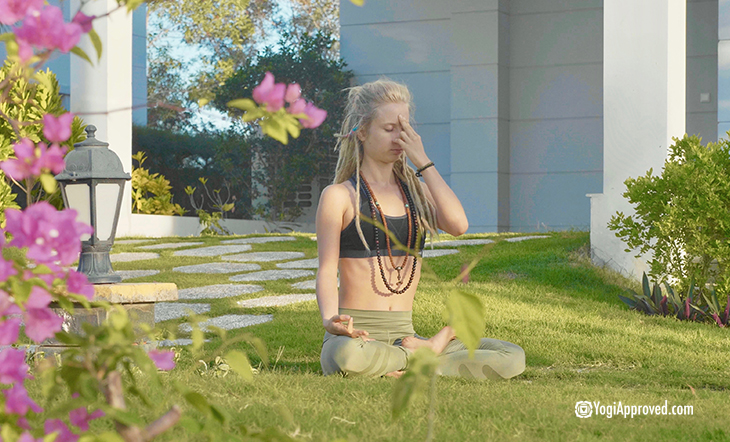
As a yoga instructor, you know that teaching pranayama is beneficial to your students, but do you know how to teach it properly? Do you know which breath exercises can either energize (upregulate) or calm (downregulate) the nervous system?
Do you know how to effectively incorporate pranayama techniques during your class? Or do you find yourself saying rehearsed phrases about pranayama that you don’t really understand?
There are a lot of misconceptions about the breath, and it’s time we cleared that up.
What Actually Happens When You Breathe
We inhale Oxygen and exhale Carbon Dioxide. We often talk about “oxygenating the body” with pranayama, but the truth is that blood-oxygen levels change very little with pranayama techniques. What’s more interesting is what Carbon Dioxide, CO2, is doing in the body.
When we take slow, deep breaths, Carbon Dioxide starts to build up. The increase of CO2 in the body becomes a vasodilator and a bronchial dilator, which opens up the air passageways.
Blood can better absorb Oxygen when CO2 levels increase. Oxygen binds to hemoglobin and needs CO2 to release into bloodstream.
Benefits of Teaching Pranayama
Just 10 rounds of a simple pranayama technique or a few minutes of breathwork can immediately influence your students and put their nervous systems into a new state. This means you can teach students to use their breath to energize or calm the body in a significant way.
All day long their autonomic nervous systems go back and forth between the sympathetic state (energized) and parasympathetic state (rest and digest). As instructors, we need to teach our students to find balance between these states.
Here’s How to Teach 2 Types of Pranayama Based On What Your Students Need:
If you plan an intense class, you want your students to be in the sympathetic nervous state. You want them to be dialed in, ready to handle the class. If you’re teaching a more gentle class, you want to dial the breath down, and allow their bodies rest and repair in the parasympathetic state.
1. Upregulated Breaths (Fast Breathing)
Fast, rapid breathing upregulates the nervous system. A great time to upregulate would be at the beginning of your class.
You could teach Breath of Fire or the Wim Hof Breathing Technique, among others, for upregulation. Teaching these pranayama techniques energizes the students’ bodies and minds for a dynamic practice. If they are lethargic, or have an autoimmune disease, an upregulating breath could help.
What to Watch Out For:
During fast breathing, the body throws off Carbon Dioxide faster that it can make it. Low amounts of CO2 in the body causes the veins and nasal passages to constrict, and can make it harder for asthmatics to breathe. It may even trigger an asthma attack.
Fast breathing also changes the pH of the blood, making the blood become more alkaline. One of the effects of making the blood more alkaline is you can start to feel loopy, and maybe even pass out. Rapid breathing may also trigger anxiety.
Most people spend too much time in the sympathetic nervous state and don’t need more of it. Upregulation should be used with caution and supervision. Make sure your students understand the dangers of using an upregulating breath before teaching it.
2. Downregulated Breaths (Slow, Deep Breathing)
Slow, deep breathing is a downregulating practice. Use it to help your students de-stress and wind down. It helps calm the sympathetic nervous system, slows the heart rate down, and allows your students’ minds to feel safe and relaxed. Slow breathing can also stabilize or lower blood pressure.
Deep breathing releases endorphins which reduce levels of pain and stress in the body. The parasympathetic state helps digest food more easily and improves sleep.
Guiding your students to a parasympathetic state can help them relax enough in long deep holds to improve flexibility.
What to Watch Out For:
As you teach controlling the breath with pranayama, your students may find themselves wanting to gasp for air. This sensation is not caused by needing oxygen – it’s the feeling you get as Carbon Dioxide levels increase in the blood.
Pranayama techniques that slow the breath down will teach your students how to get more comfortable with this sensation. With time and practice, they’ll learn to not freak out by training their nervous systems. You can also teach how these effects extend off the mat. Pretty cool, right?
Not Sure Which to Choose? Try Teaching the Balanced Breath!
If you’re worried about what to teach and when, don’t fret! Teaching the balanced breath will balance out all of your students, no matter what state they come in with. If they enter hurried and frenzied, this will help them center and focus. If they come to class tired and energetically low, this breath will bring them up.
It’s so simple too! Inhale for 4 counts, exhale for 4 counts. Repeat for at least 10 rounds. This will help unify the energy in your class, and give your students just what they need. Use the balanced breath freely.
Take Responsibility When Teaching Pranayama
As an instructor, you have a platform to help and teach others. Many people’s doctors and therapists are telling them to go to yoga for their mental and physical health.
You have a responsibility to know what you’re talking about, and what the effects of your advice could be. It’s critical you’re informed with the right information so you can really help your students progress.
You’ve got this. Take a deep breath, and get to work.


This Month's Letter
From the Editor
Monthly motivation and food for
thought from our founder.



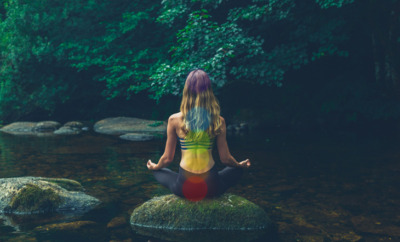
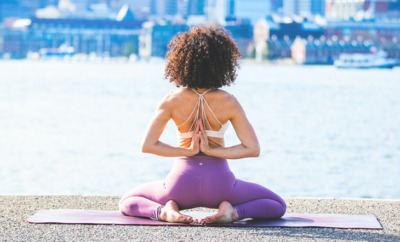
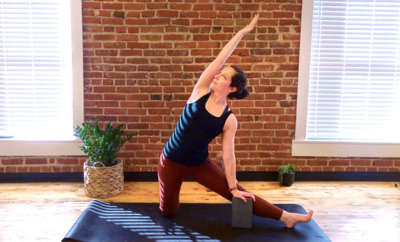
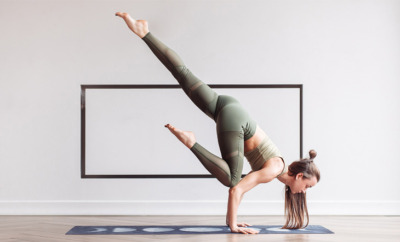
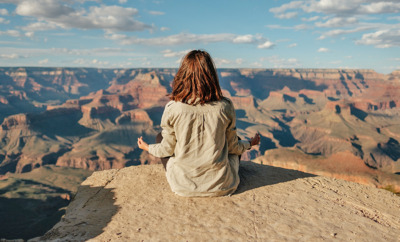
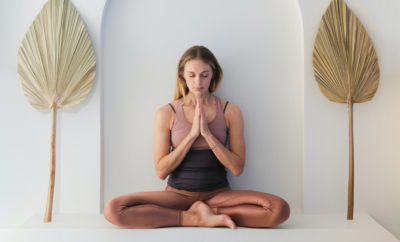



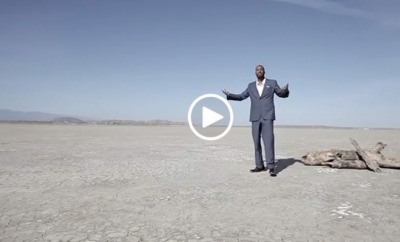


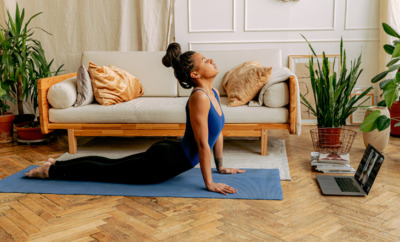














Comments